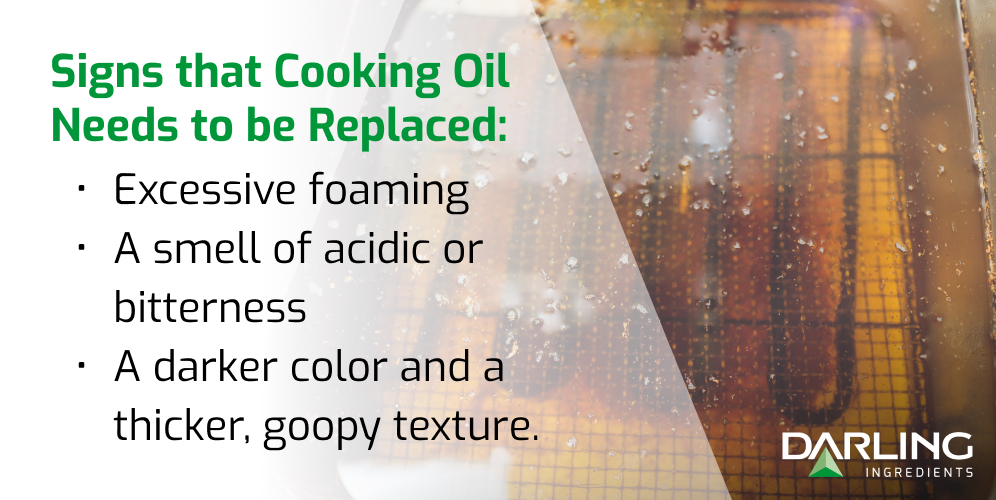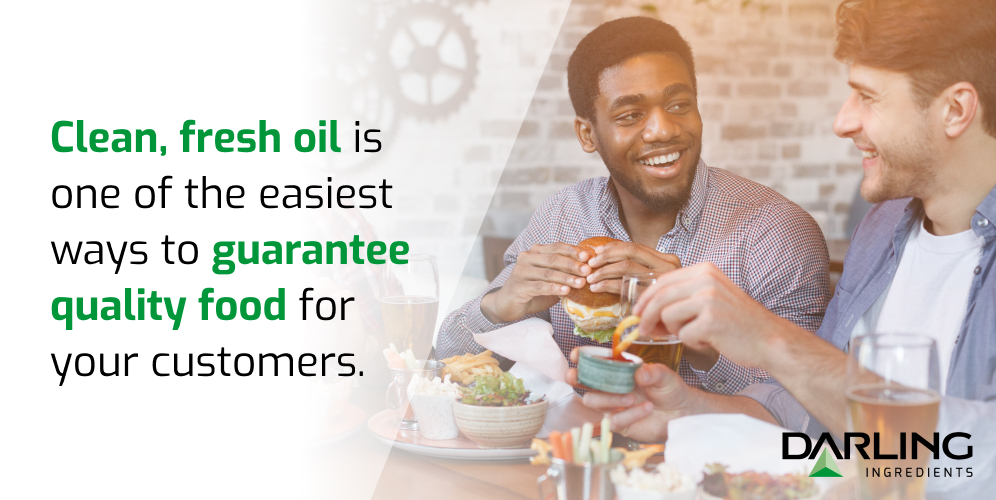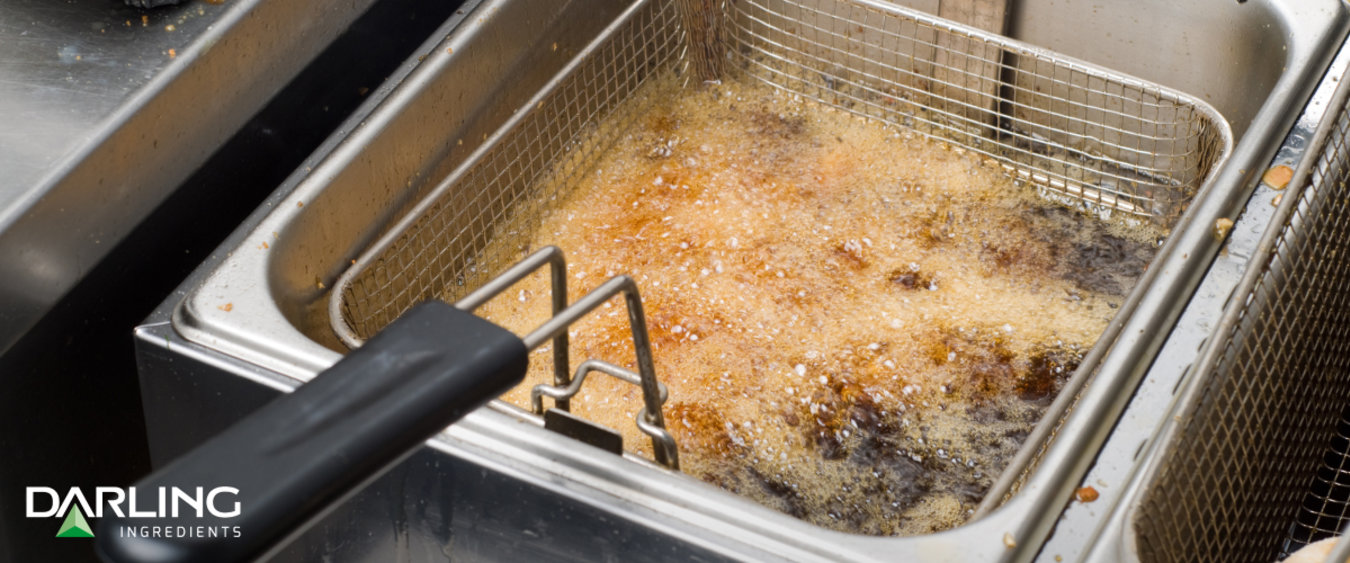Frying oil can be a bit active and explosive, but that is one of the ways to identify if there is anything wrong with it. You can expect some capricious behavior from the oil, but what are you supposed to do when the grease begins foaming?
What Does Cooking Grease Foam Mean?
Typical fried foods such as potatoes, fish, and chicken are packed full with water. The water in these foods is usually trapped by the coating or batter on the outside. However, some of it may escape and get into the oil.
A few bubbles near the surface of the fryer are okay. Those are simply water evaporation from the food, but there are some more concerning causes associated with excessive foaming.
Contamination
The number one cause for this foaming grease is contamination. The more food particles floating in the oil, the more foam there will be in the fryer oil. It is common for pieces of coating and batter to break off while cooking. This releases water, which can cause bubbling that is difficult to control.
When cooking oil isn’t properly cared for and frequently changed out, the quality of the food will decrease. Contamination suggests that the oil needs to be filtered or discarded. This may affect the flavor of the food as well.

Turn Down the Heat
It is possible to cook at too high a temperature in a fryer. Oil grease must be hot enough to cook food properly. If there is a splatter when water touches the oil, it indicates that the oil is hot enough. However, if it is too hot, the oil will not function properly.
The optimal temperature for frying is between 350 and 375 degrees fahrenheit. This temperature range ensures the food is cooked all the way through the center without burning on the outside. All types of oil have their own smoke points where it begins to smoke and burn. When it passes the smoke point, it’s possible for it to end in a grease fire.
The best frying oils have the highest smoke points (around 400 degrees fahrenheit or even higher). Keep in mind: oil can still be too hot even if it hasn’t reached its smoke point yet. When oil is overheated, the food becomes burnt on the outside and not fully cooked in the center. This causes molecular level breakdown of protein that leads to excessive foaming.
How To Know When Cooking Oil Is No Longer Good?
It is good to reuse cooking oil multiple times. However, once it is no longer fresh, it should be discarded. The same oil can be filtered and reused several times before it needs to be replaced.
There is a limit to how many times you can do this, so it is important to look for the signs that the cooking oil needs to be replaced. Keep your senses on high alert for:
Excessive foaming, regardless of whether or not it is at the right temperature
A smell of acidity or bitterness
A darker color and a thicker, goopy texture.
How often each restaurant will need to dispose of their used cooking oil depends on each restaurant and their unique needs. It also depends on how much fried food is typically made at the establishment, how much space there is for the fryer, and the coating on the food that is used.

How to Minimize Foam in Cooking Oil
In order to cook the highest quality, best tasting food for your customers, you’ll want to keep your oil as fresh as you possibly can by properly taking care of it. There are a few ways to reduce the foam.
Lower Temperature
When you’re cooking in the deep fryer, you want to make sure the temperature is high enough to properly cook through the food and give it that perfect golden brown color customers expect, but low enough to keep from excessively bubbling and causing problems. That sweet spot for your fryer oil is right in between 350°F-375° F. This temperature pocket protects the cooks from foaming and aggressive oil splatter while remaining compliant with the food safety guidelines.
Do Away With Any Excess Moisture
Many fried foods contain a lot of moisture such as chicken and fish. Even though you can’t change the chemical makeup of these foods to have less moisture content, you can take steps to ensure the exterior is as dry as possible before going for a deep dive into the fryer. To minimize the foaming of the fryer, every food that is going in it should be patted dry as much as possible.
Also, reduce how much debris comes off in the fryer by shaking off all the excess batter and breading on the food.
Consistent Cleaning
Knowing when and how to clean your oil as well as when to dispose of it is important. Regularly cleaning your oil through filtering it and getting rid of used oil when necessary helps to avoid it affecting your food. Clean, fresh oil is one of the easiest ways to guarantee quality food for your customers. There are used cooking oil tanks and direct pump systems that make emptying and disposing of the spent oil that is no longer fit for frying easy.

Darling Ingredients Canada Is a Company You Can Trust
Whether you go through large or small amounts of cooking oil, or anything in between, Darling Ingredients Canada has a solution for your commercial kitchen. We will help consult and guide you in choosing a UCO system perfect for your unique needs and we’ll collect your spent oil for recycling on a schedule that works for you.
We know that running a commercial kitchen of quality is no small undertaking. We want to make it easier for you through our automated used cooking oil systems and our friendly and responsive customer service. Darling Ingredients Canada will worry about your used cooking oil so you don’t have to. Call today to chat at 1-800-263-0302.
